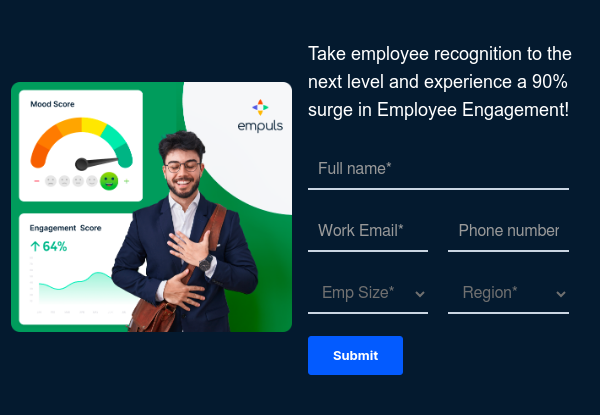Corporate Intranet Portal
Corporate intranet portals have become an essential tool for organizations to streamline communication, enhance collaboration, and improve overall productivity. Only 13% of employees use their company's intranet daily. This suggests that many corporate intranets are underutilized and fail to engage employees.
Corporate intranet portals serves as a centralized platform where employees can access essential information, share files, and interact with their colleagues effortlessly.
In this blog, let’s learn a few examples of corporate intranet, features, the differences with traditional intranet, and corporate intranet best practices.
























